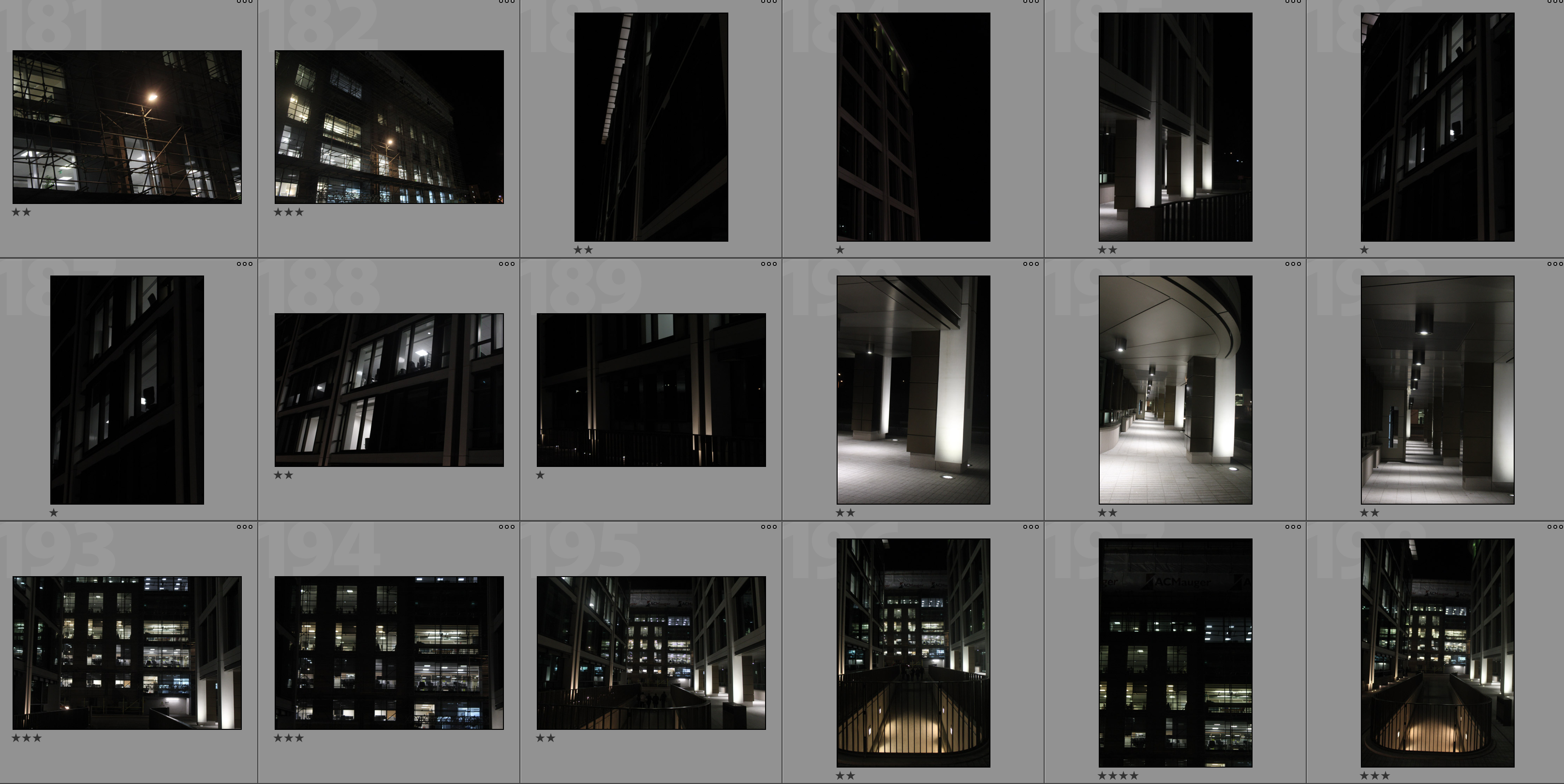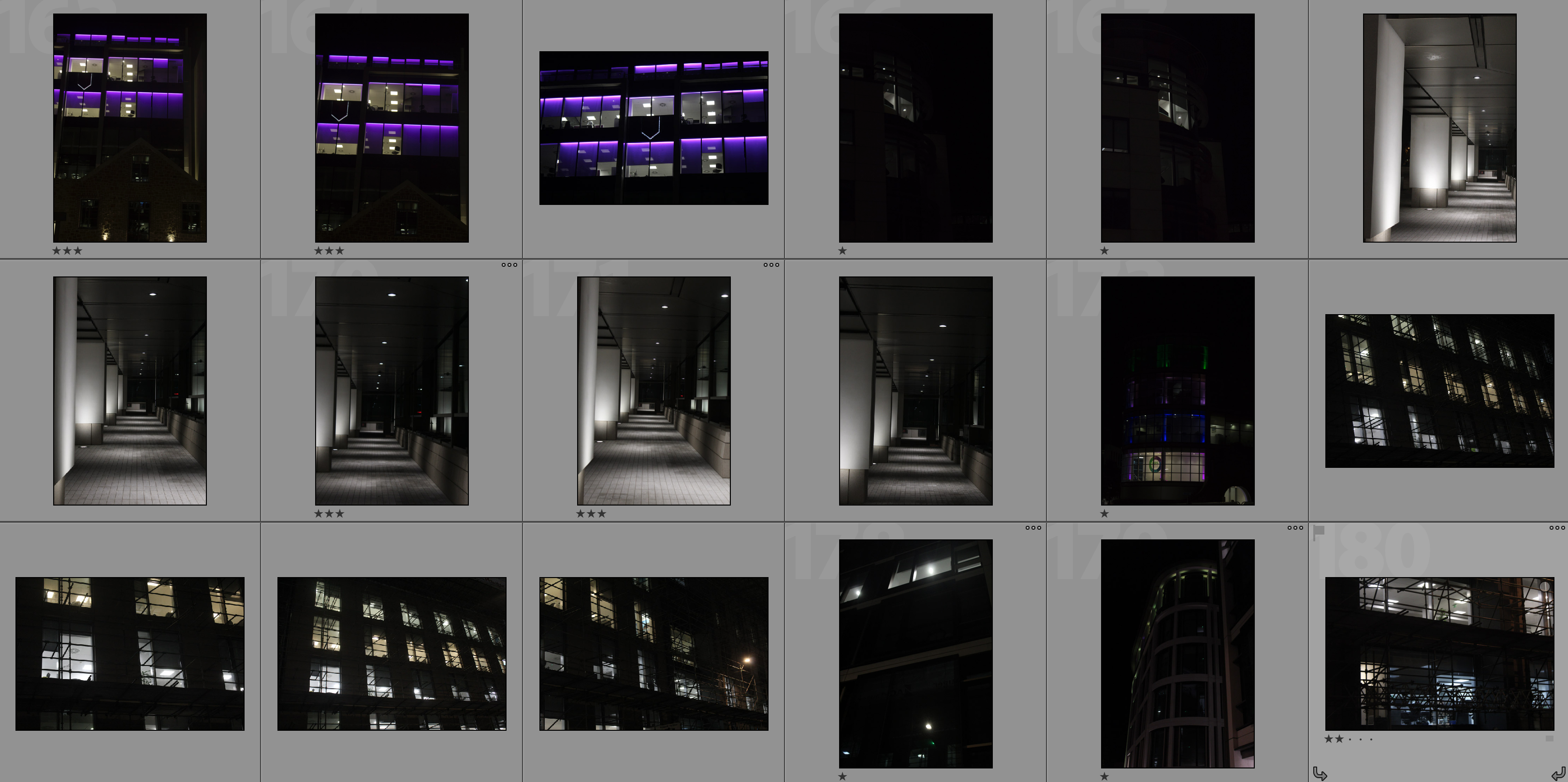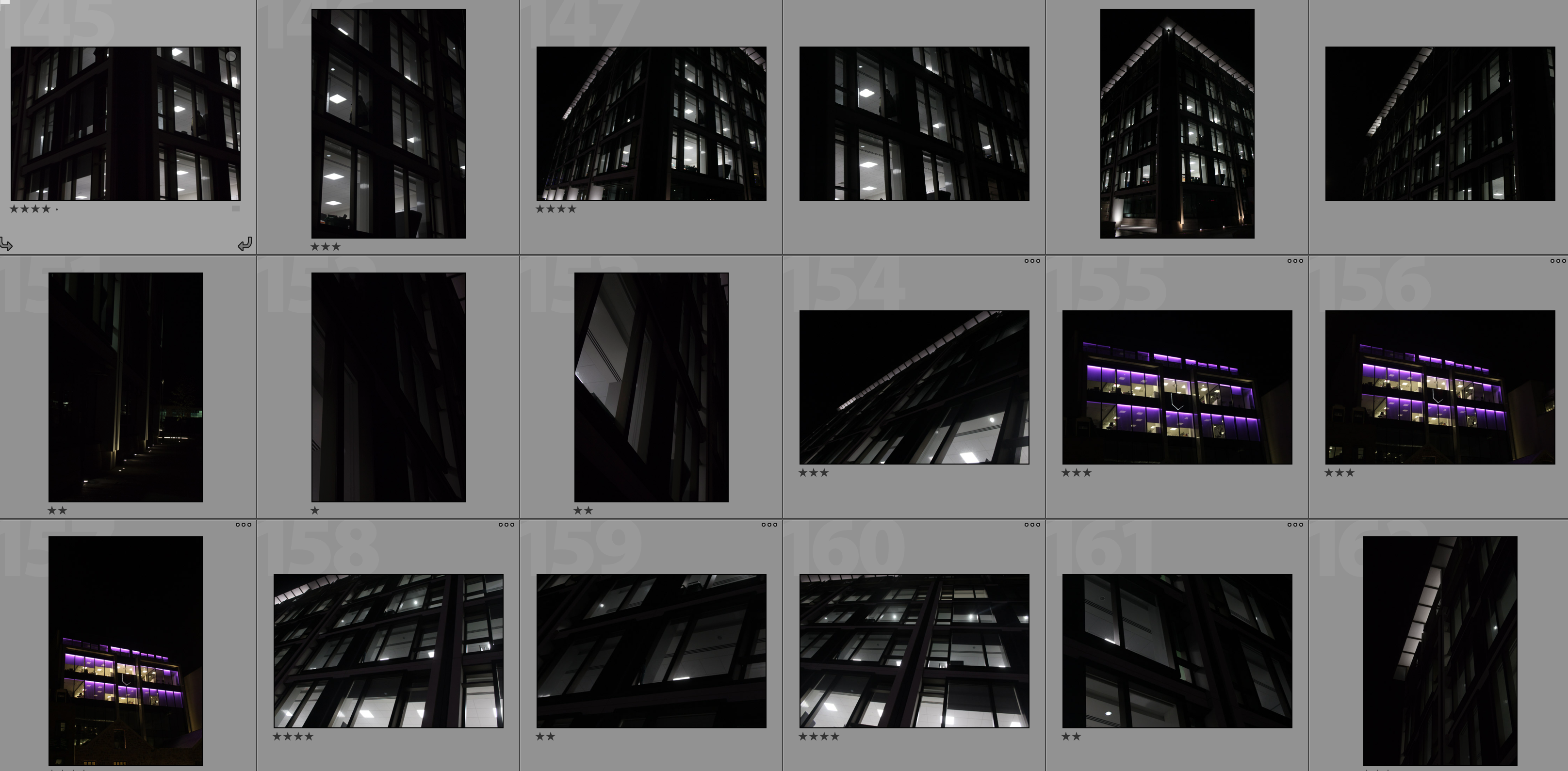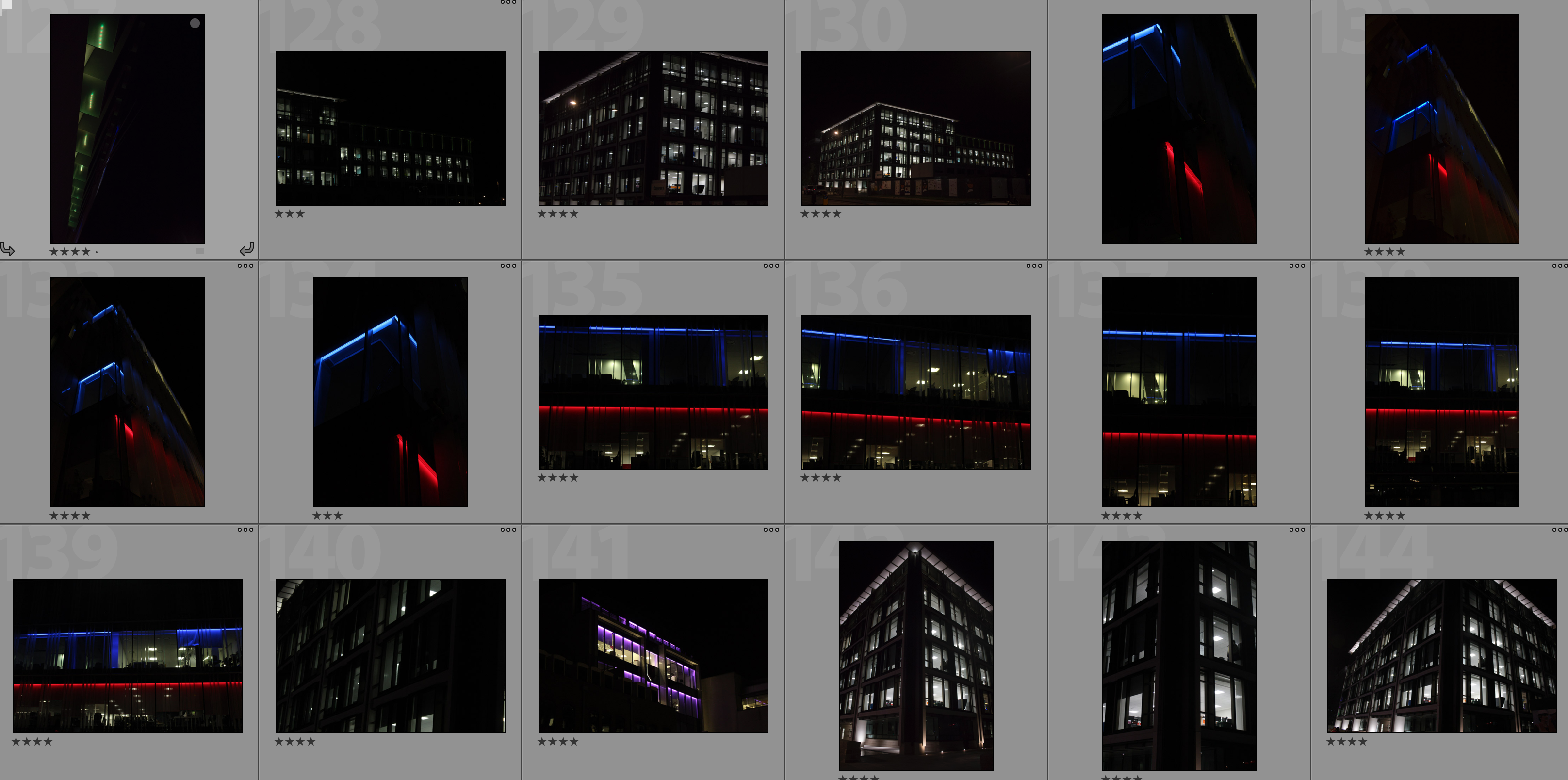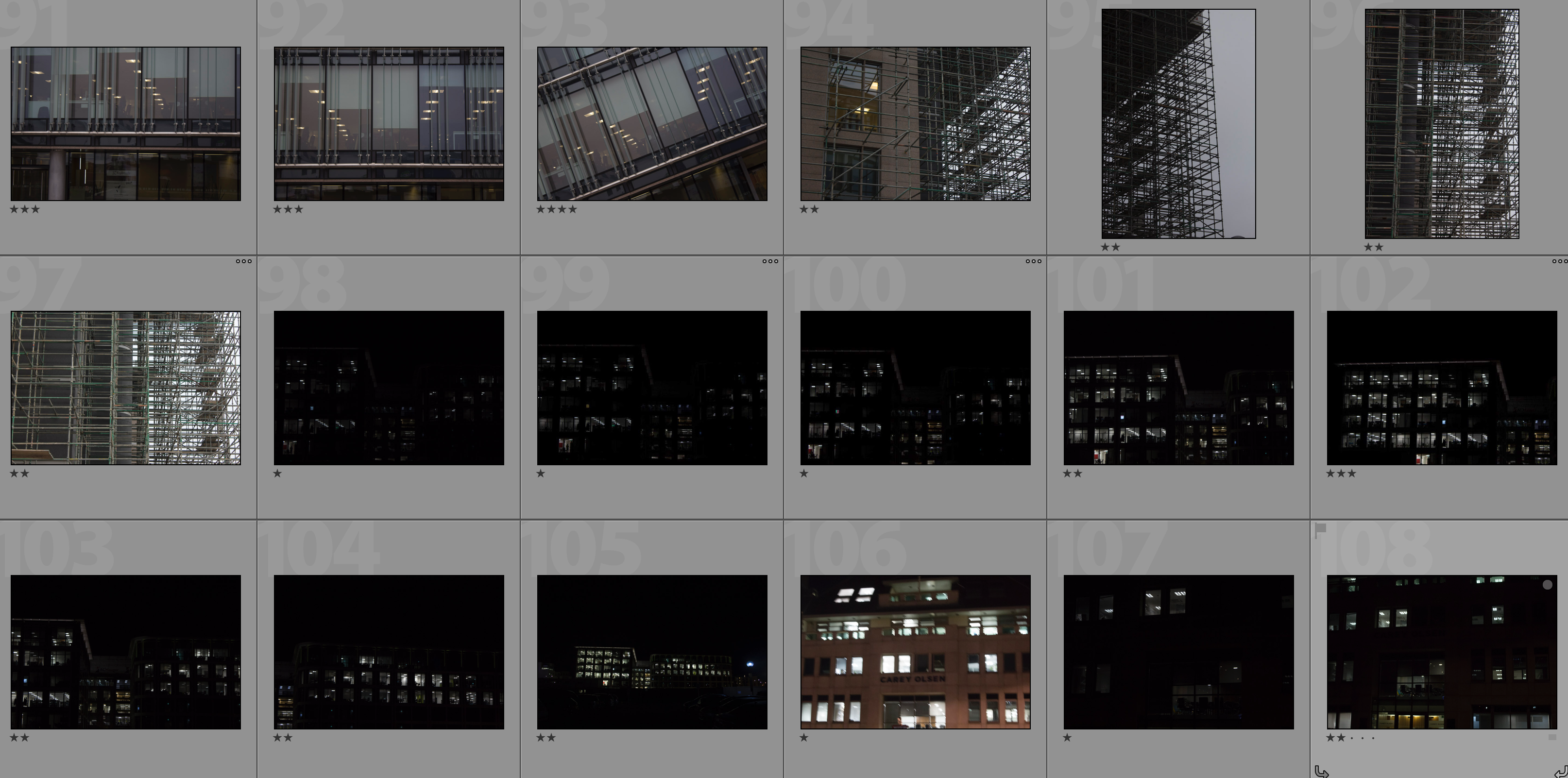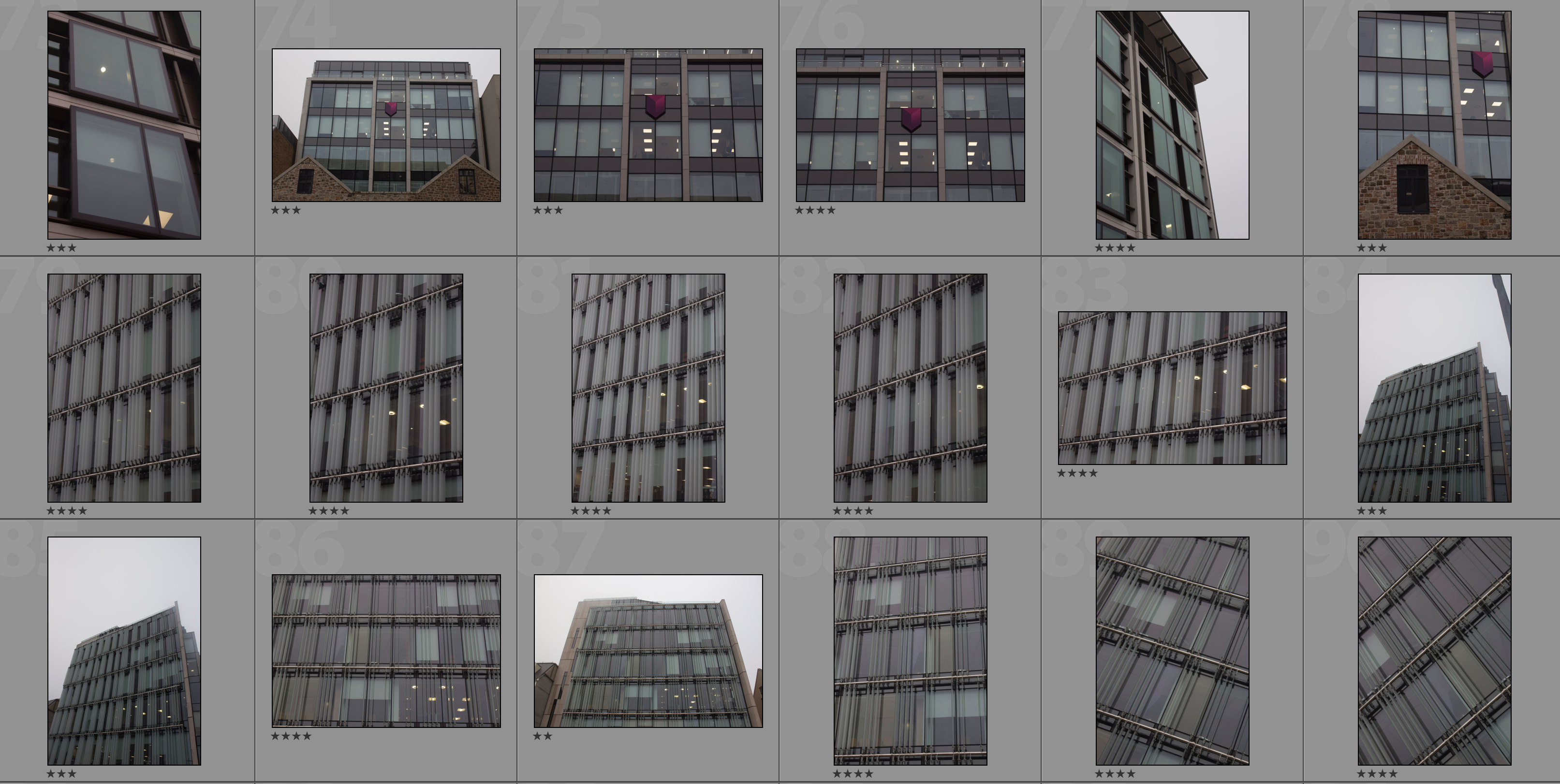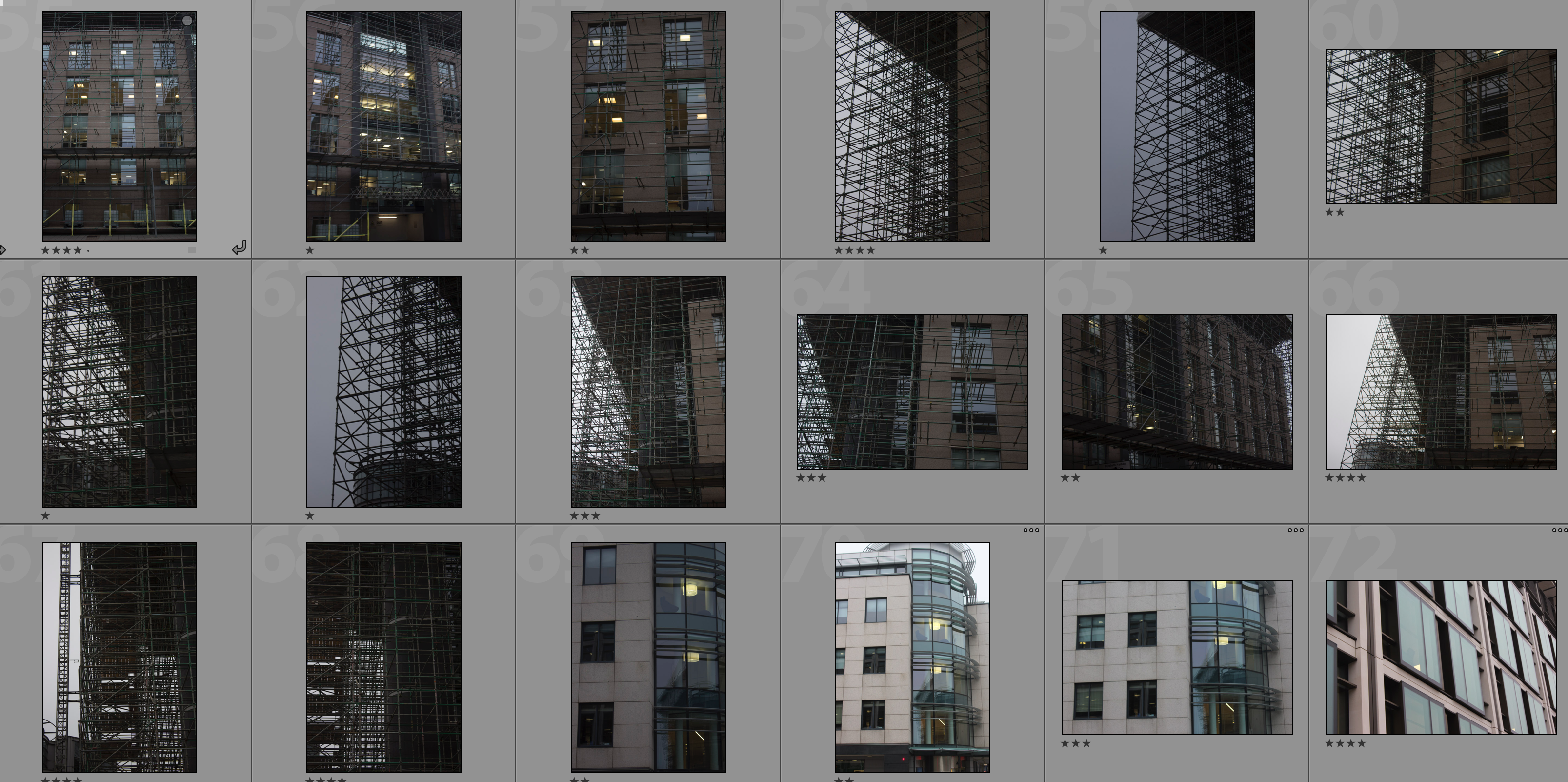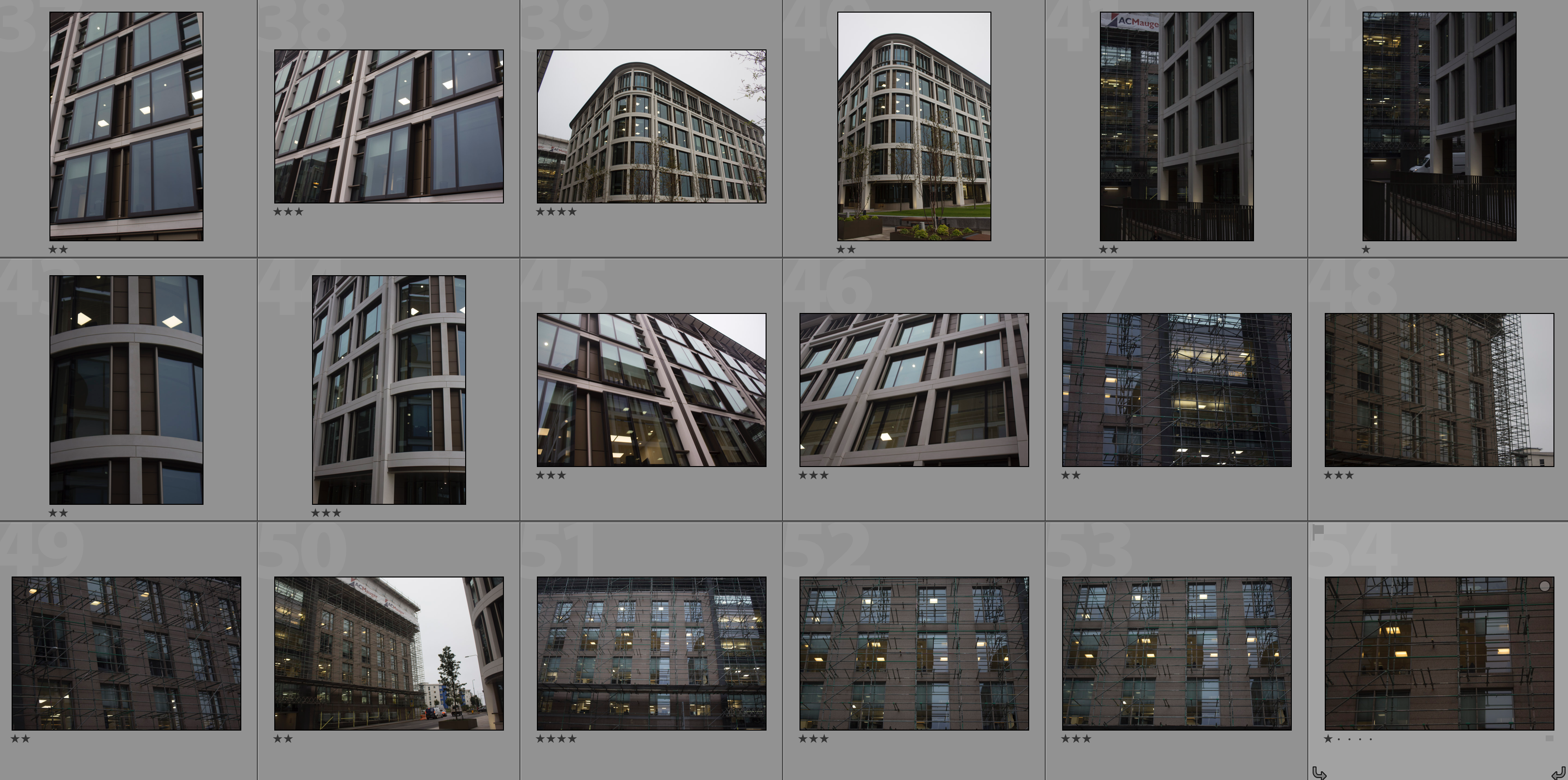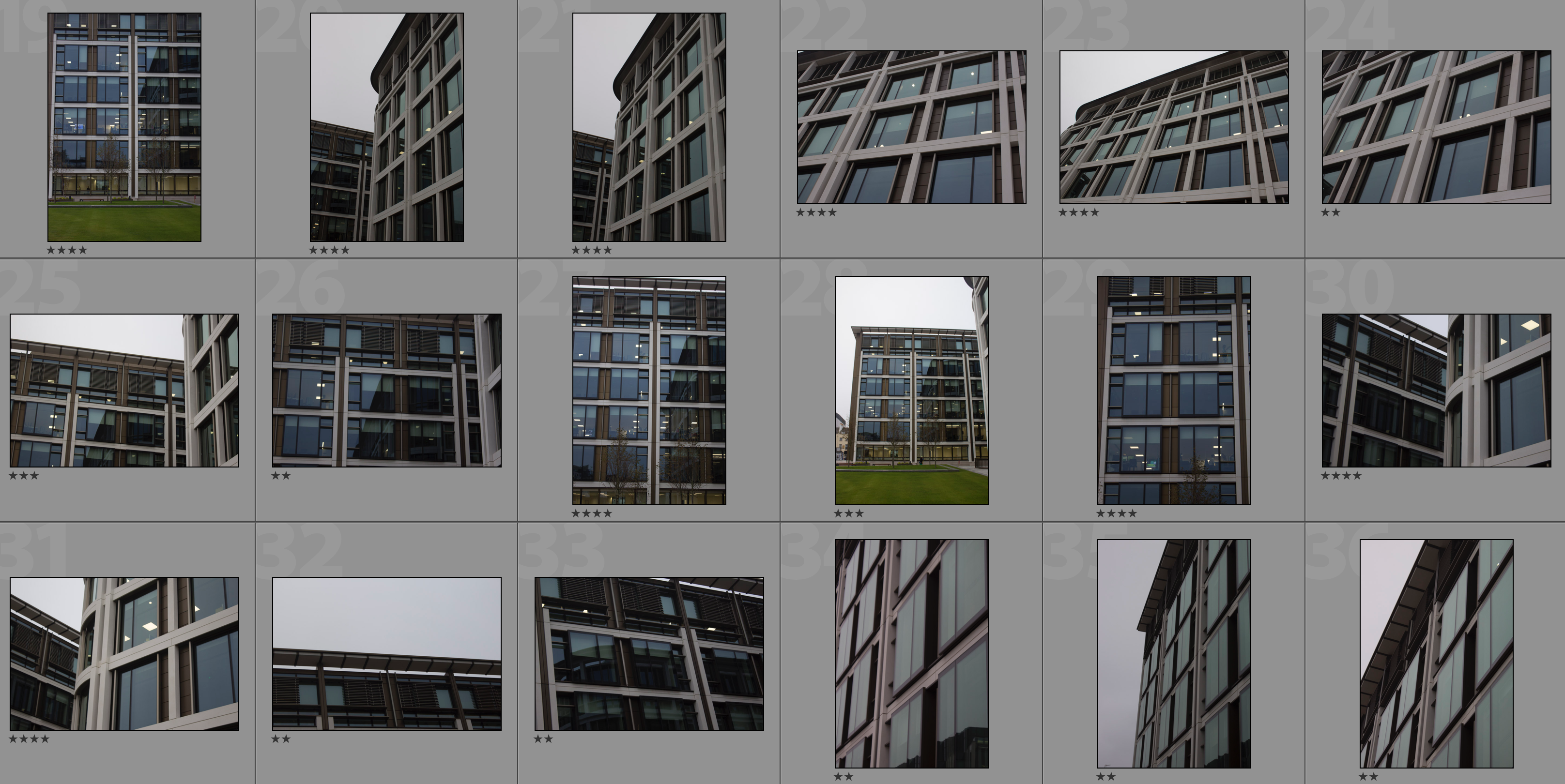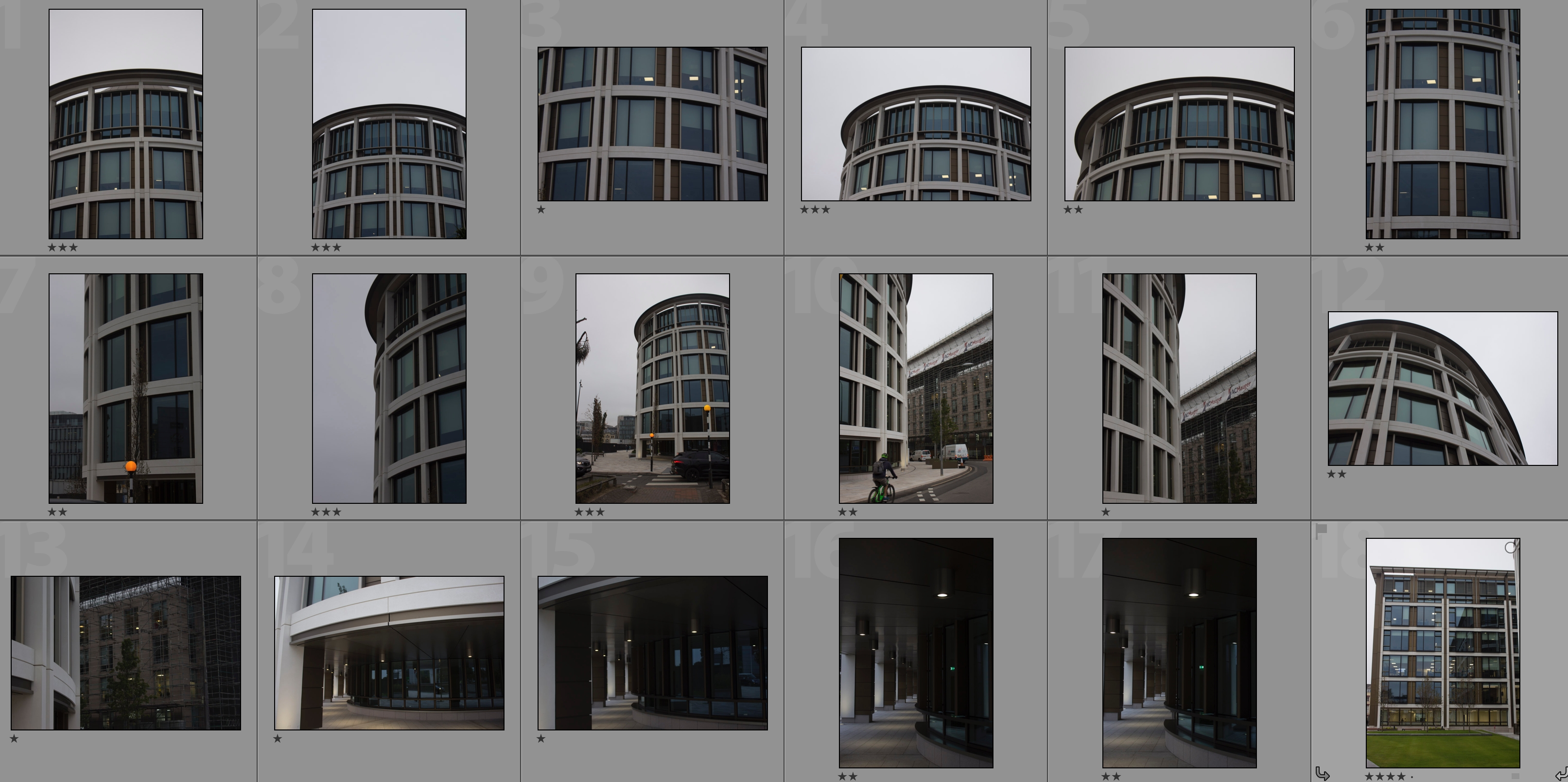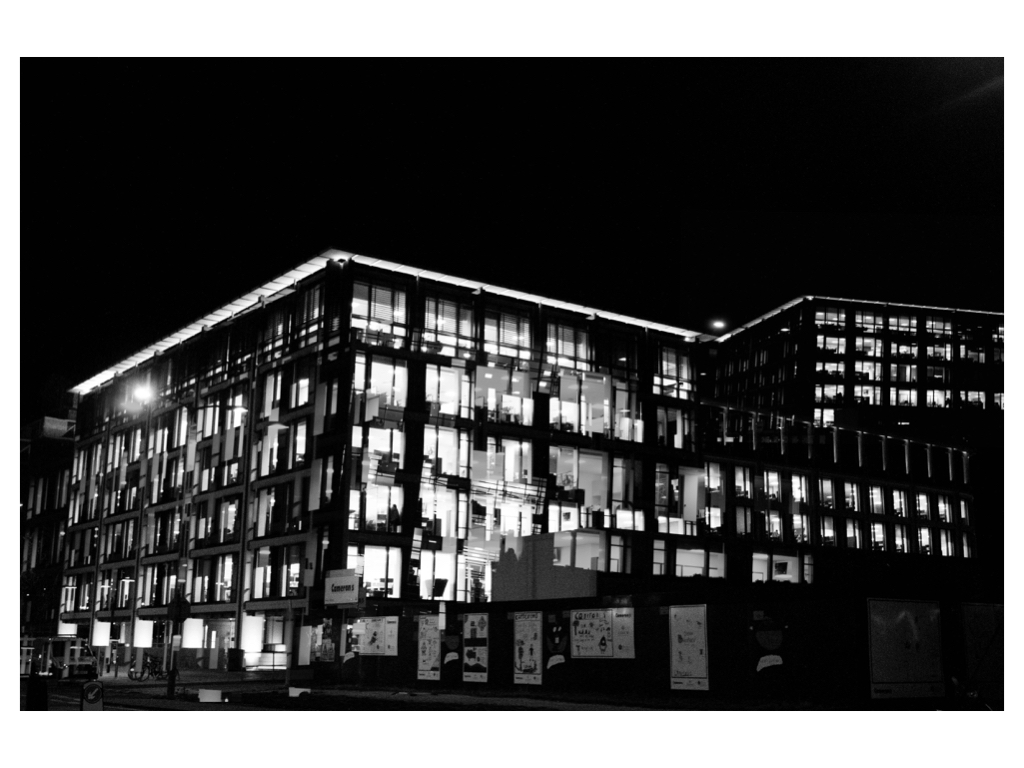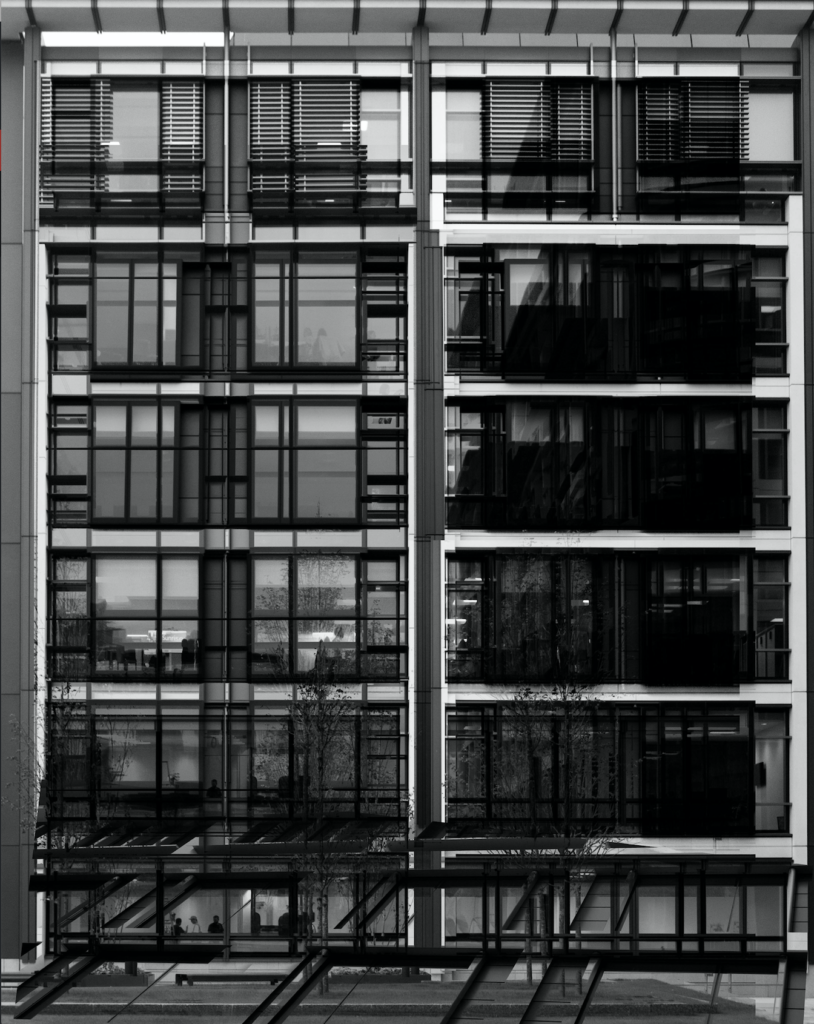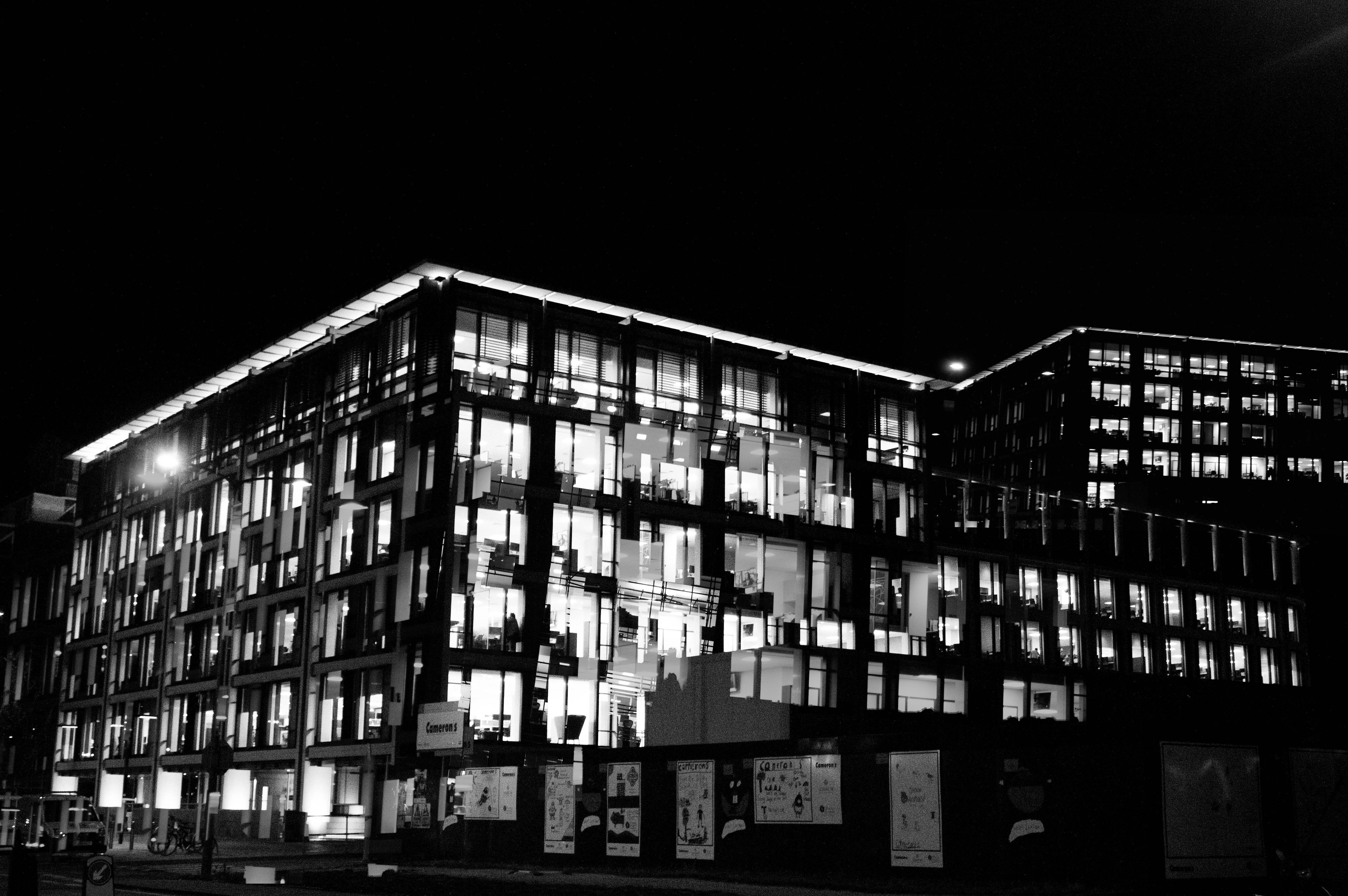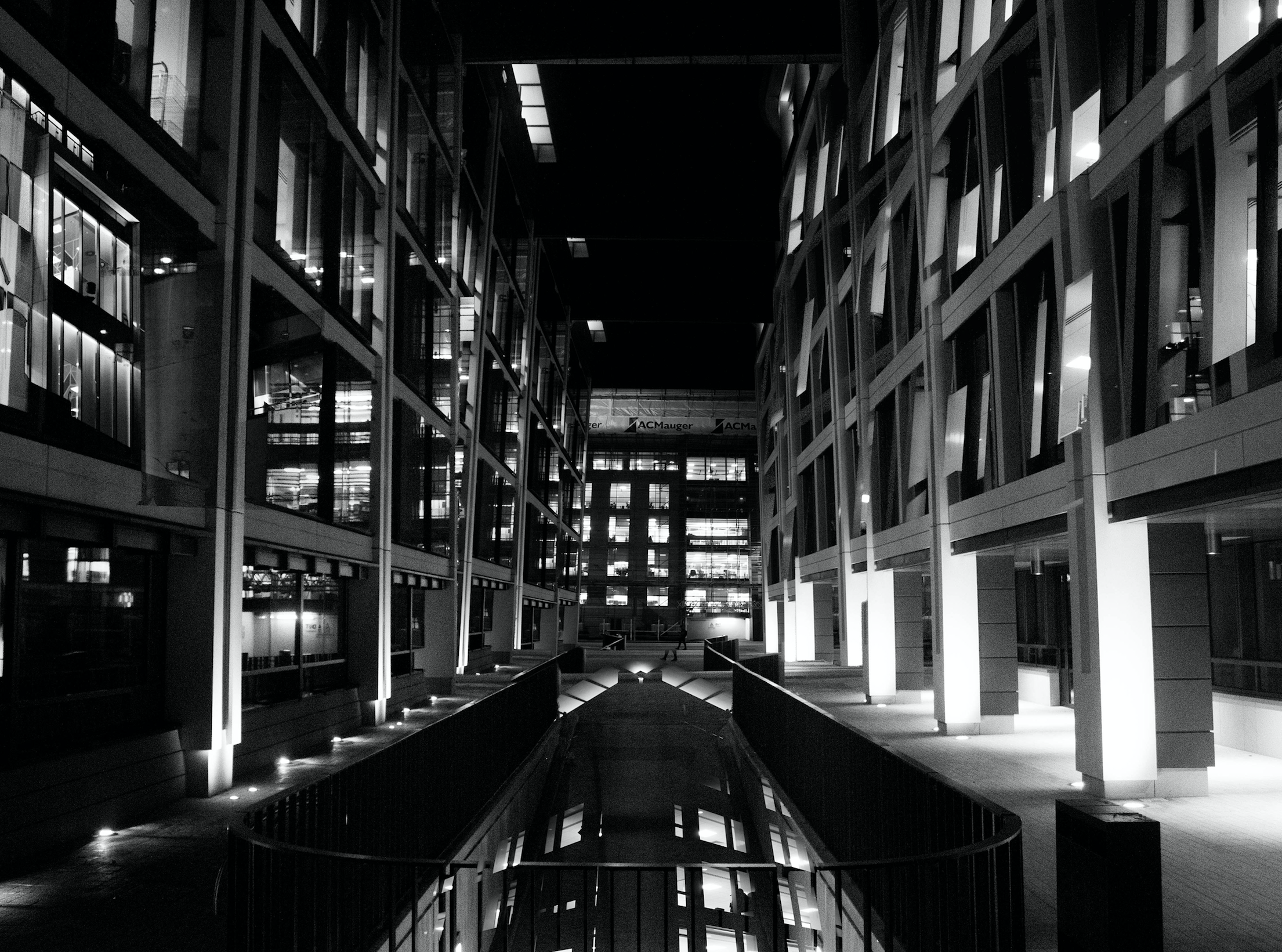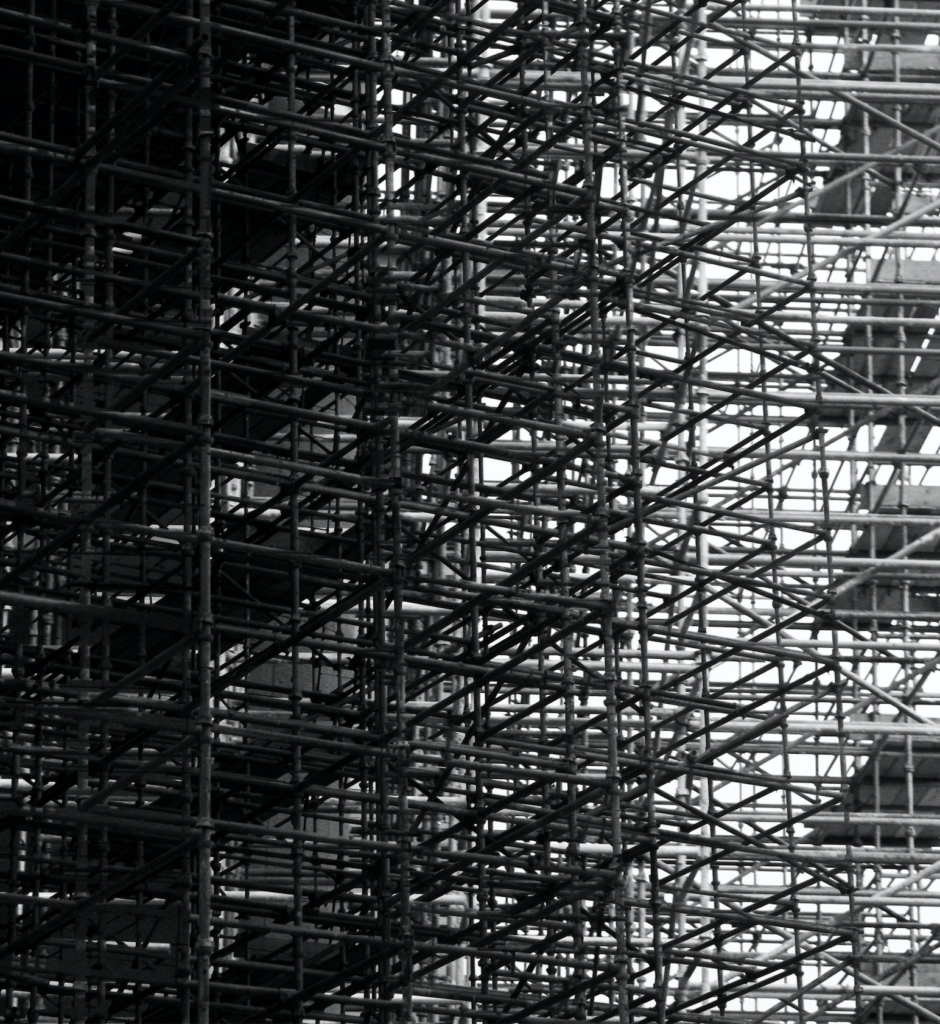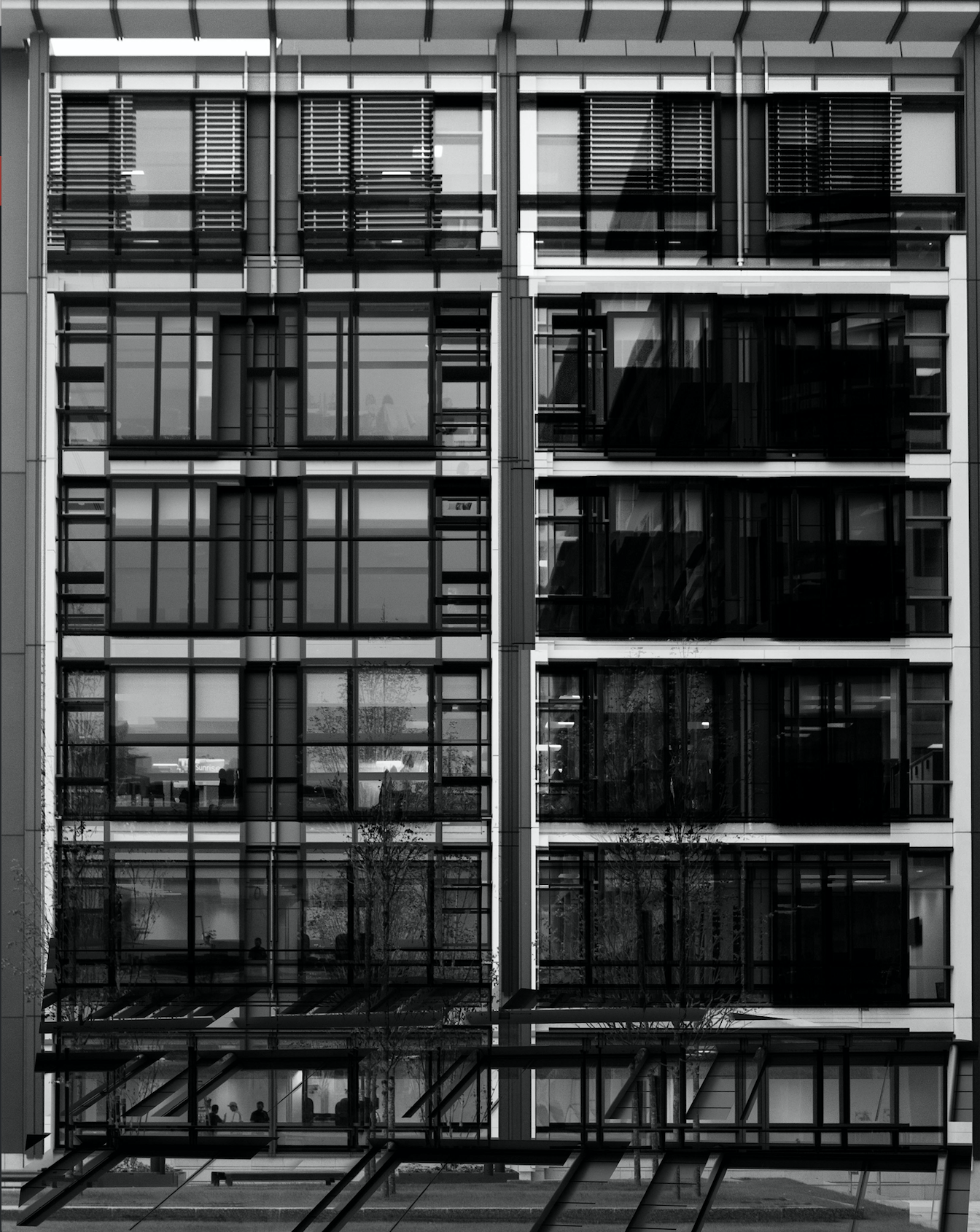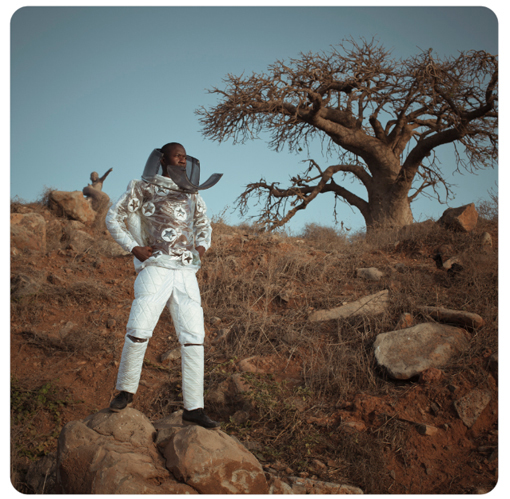
Cristina de Middel is a Spanish documentary artist who is currently living and working in Mexico. She has self published many of her works and has focused on many different projects such as the southern Africa space program . Her work is critically acclaimed and she had sold out many of her books ad works across the world. She has been nominated for many huge photography prizes all around the globe. Her work is an ongoing investigation to focus on the ambiguous relationship of what is the truth. She blends her views od documentary and conceptual phoqogorhic practises, she does this through practising with the reconstruction of archetypes and her found burr of what is reality and what is fiction. Her photojournalistic gaze as an outsider allows her to create views which she can presently see within the landscape she is is innovate with her work creates critically acclaimed series , such as the image above which focuses on a failed program for space. this could come onto terms of predicting the future of presenting a false sense or recreating an occasion that is happening elsewhere in the world. Her stages reenactments and obscure narratives allow a continuously interesting new body of work. Her work is that of fiction but can serve as a subject relative to todays world. Her photography can work just as well as being fact as it highlights our expectations of how reality is flawed. Her exhibitions are international and have won the prize for infinity award and the international centre award.
To me the image above has a child like sense of a false sense of reality and the hope and childlike ignorance a child has. This is mirrored through the handmade costume and the stance which conveys power and confidence. The angle of the photo being a low shot also attributes power to the man, it shows a confidence and his gaze perhaps highlights a longing for a reality that will probably never happen. The atmosphere to which they are surrounded is relative to the location of Africa and them having a space program in such a poor area. The light tonal colours of the outfit creates such a strong juxtaposition to the atmosphere itself and shows the artists disagreement of political standards and corruption within the government structure of their properties. It shows a false reality to the people of Africa and thinking they have an opportunity to be part of this space program but it is not a possibility.

I believe this piece is very interesting in how to shows a false reality .I believe that the person look secure, and composed, and how this is not an accurate scenario to someone who too would be faced with many bugs such as this. The image contains a beauty within these horrible bugs that would scare many people. This image symbolises the death and ignorance and suffering people have to live with.Her images purpose a sense of reality throughout he false tablo images which are obviously set up but insure a deep meaning. it interests me the way in which all of her work contains and obscure image with an equally as obscure narrative story within it too.
Midde had a realisation that her work did not have enough impact. because of this she stopped believing in raising awareness by pointing out the problem. She wanted to start a debate within her images and see how many different approaches she could take in order to start the making of a solution. She has said ‘ straight documentary photography is about imposing an opinion (that comes from mass media’s agenda) and the audience has very little to add to it, and the dimension of the problem makes it impossible to react’Because of this imposing a different reality were she promotes a solution and not the problem itself there is a new dynamic and an essence of courage within her work.The language employed when searching the chronicle of the world is outdated, the reaction is no longer the same. People are no longer impressed by the document itself and some contexts needs to be provided. Midde wanted to ‘include my opinion and my vision of things in the way I try to explain the world.’ The inspiration of her work is generating a context from newspapers, magazines and then sharing it she portrays as a selfish process. Midde stays on the surface because she believes this is the most interesting subject to a topic, due to it being a visible concept. It enables people to see a problem and understand it a-lot better . This is how her work presents a new reality to so many because it is not meant to show a problem, but easily present a solution.





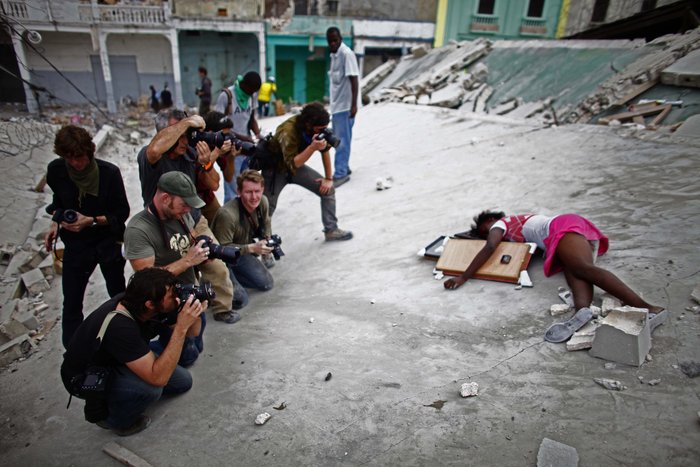
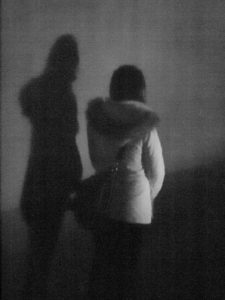

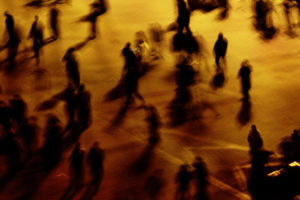


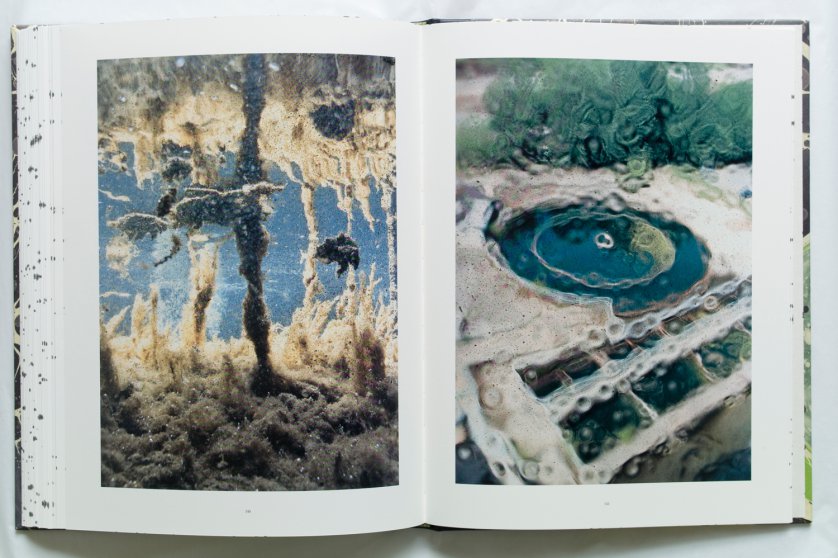

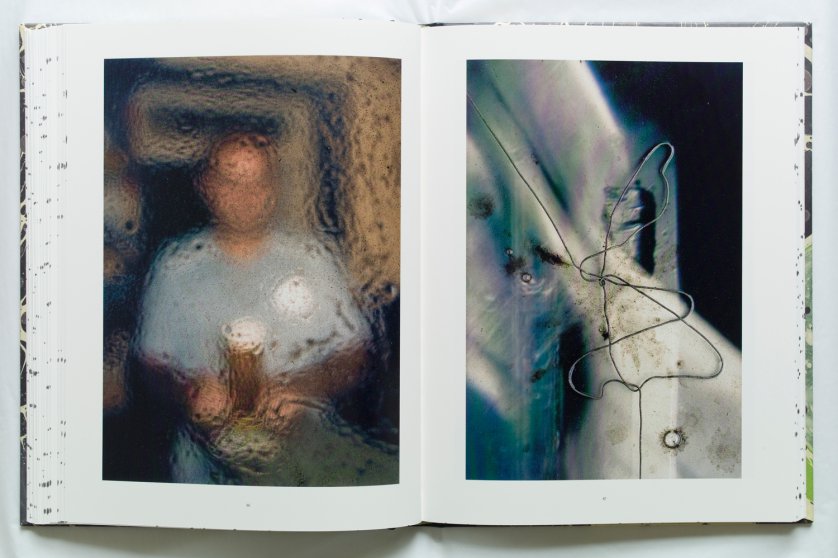
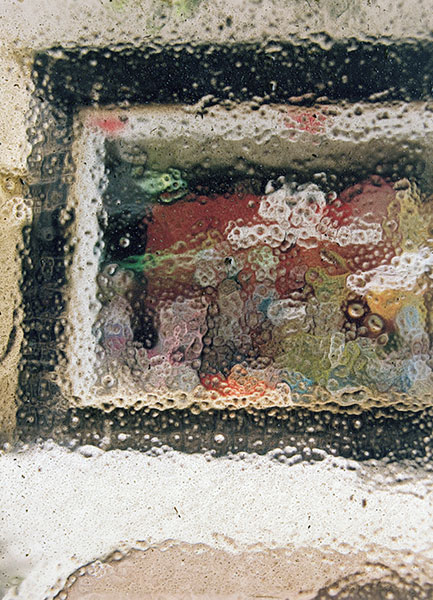




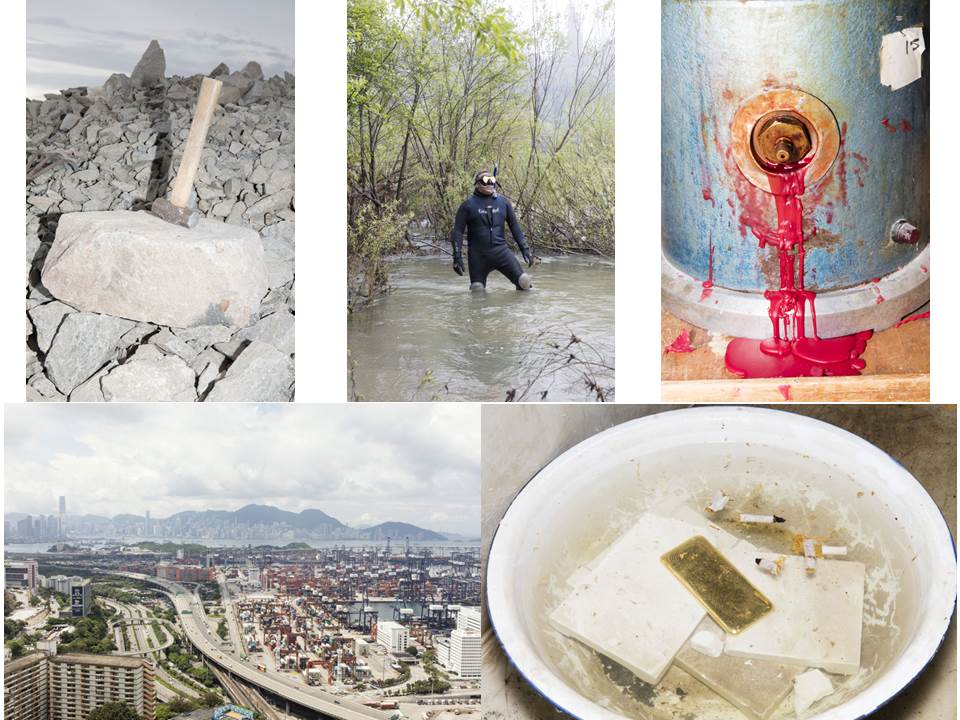

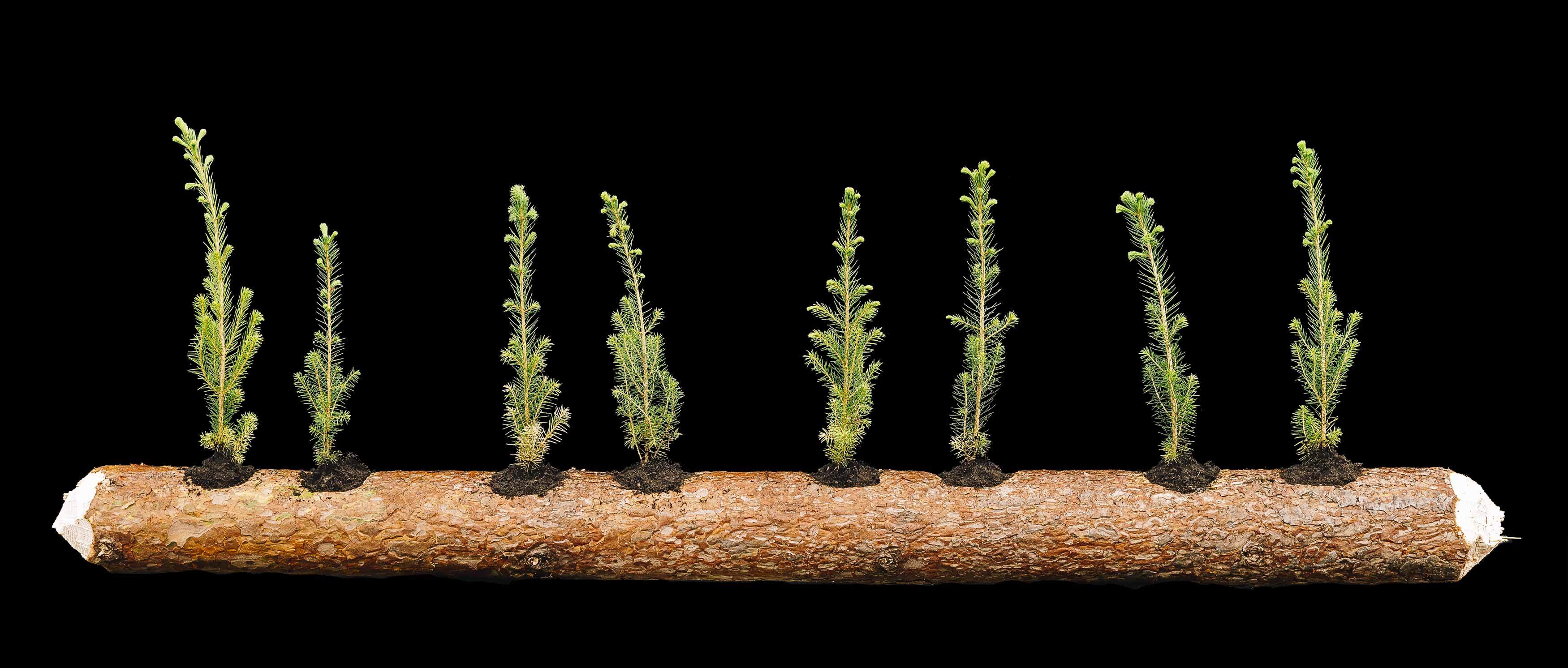




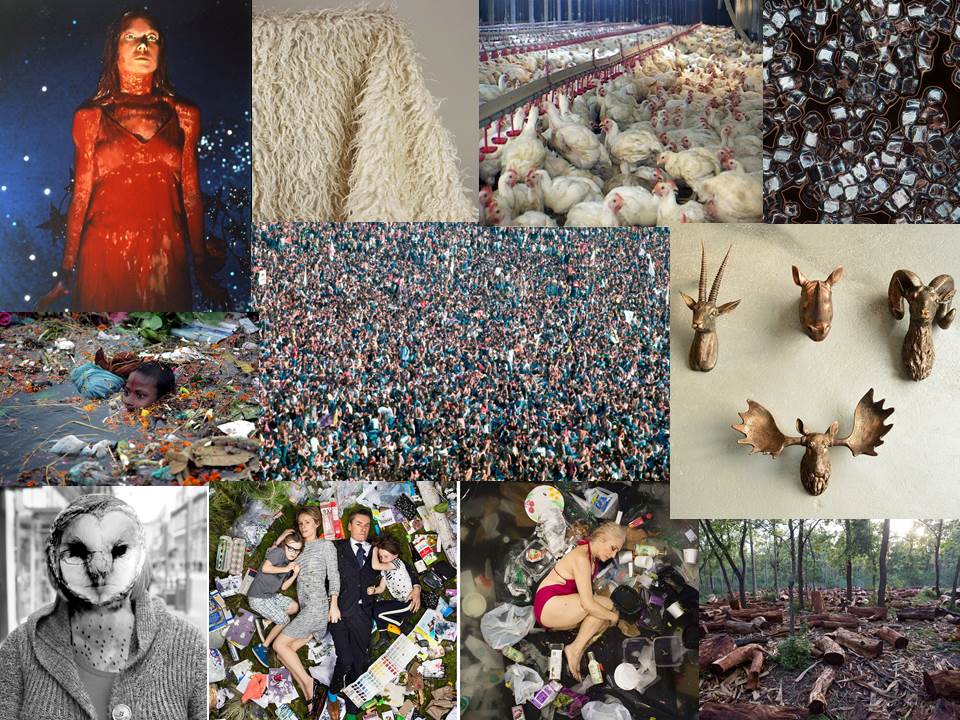
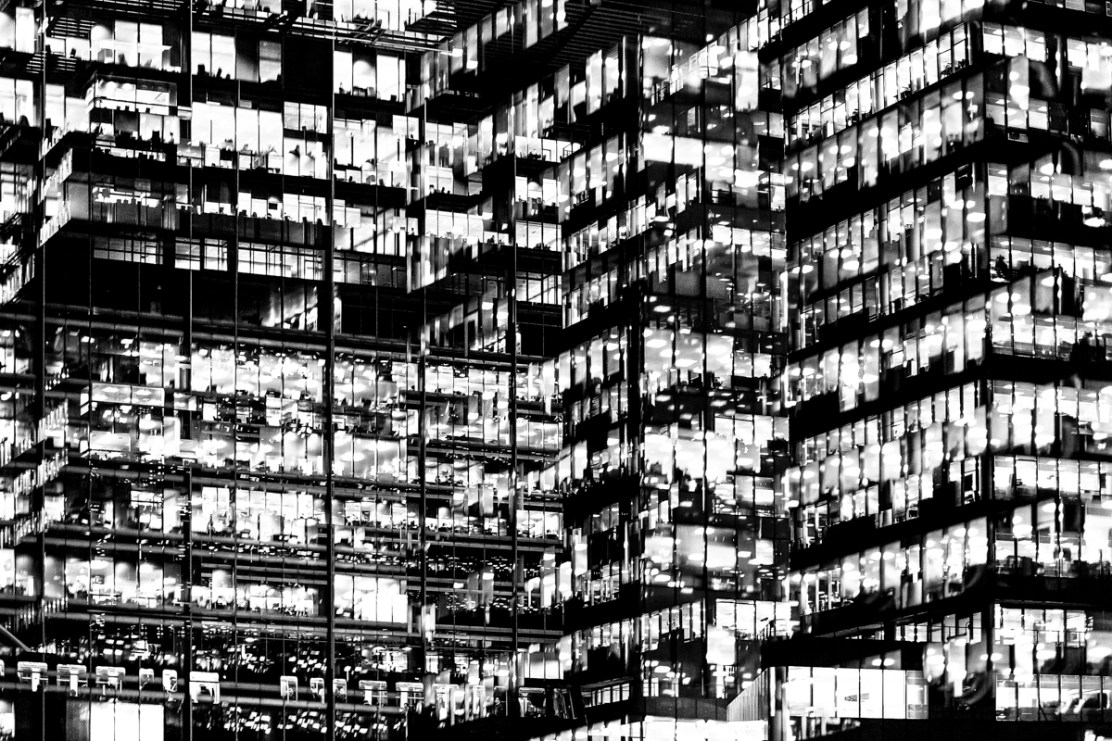 In my response to Lewis Bush I am going to be photographing the financial sector within St. Helier in both day and night and then creating a double exposure effect with these photographs in photoshop. The inspiration for photographing the financial sector comes from Bush’s ‘
In my response to Lewis Bush I am going to be photographing the financial sector within St. Helier in both day and night and then creating a double exposure effect with these photographs in photoshop. The inspiration for photographing the financial sector comes from Bush’s ‘
